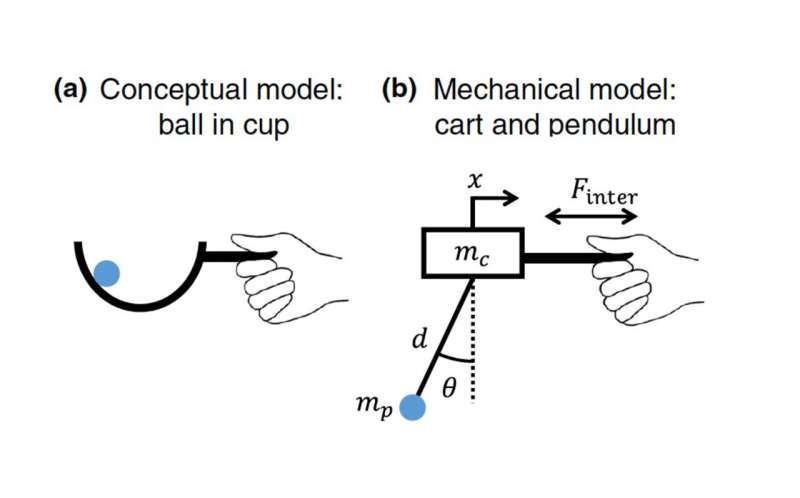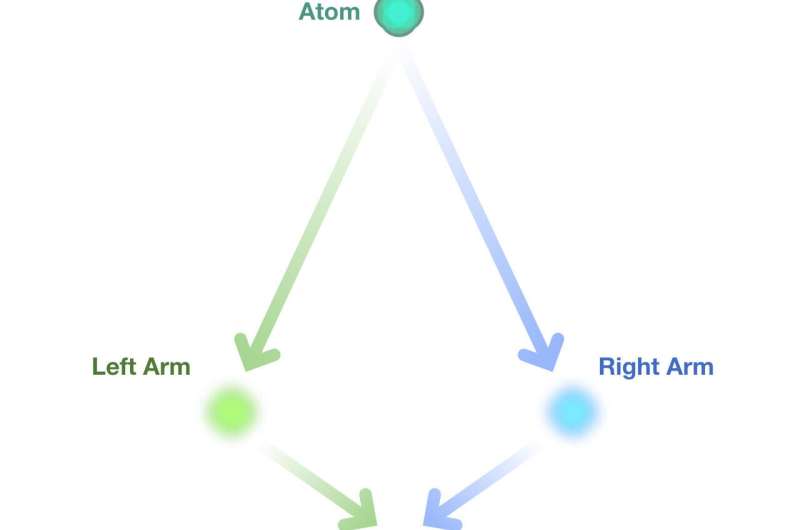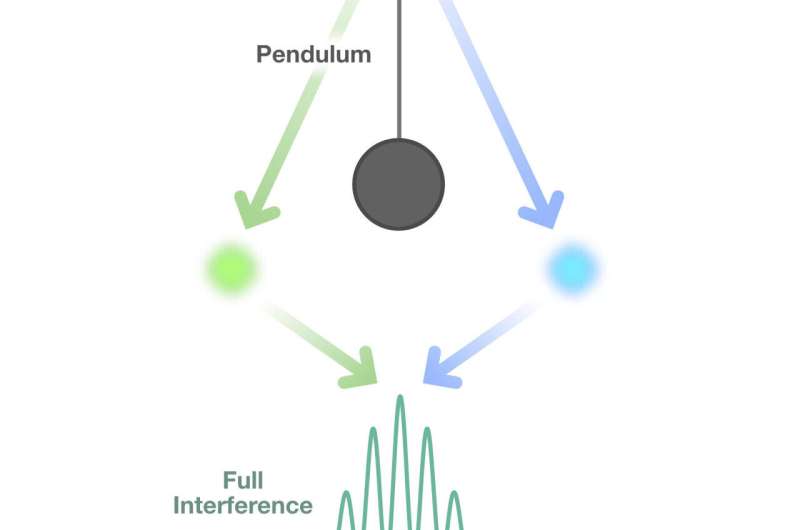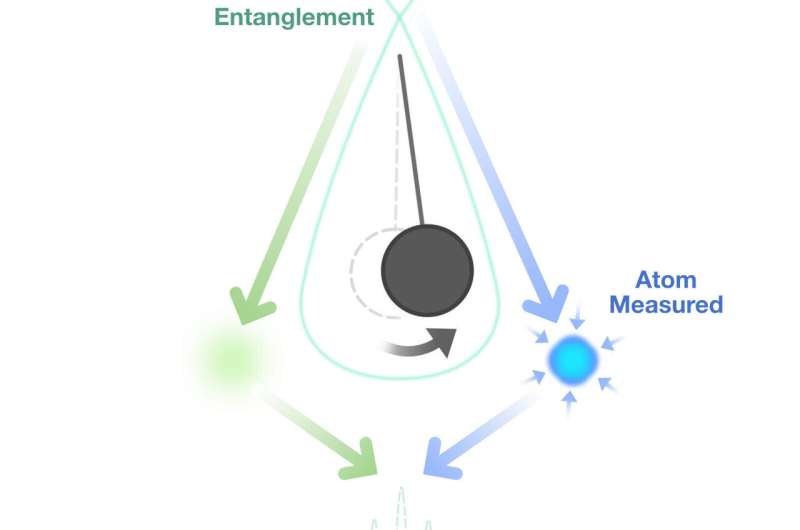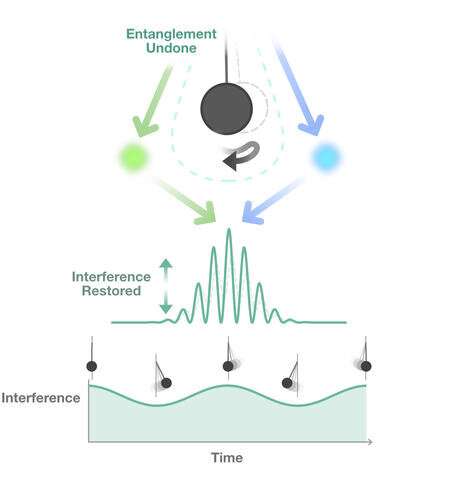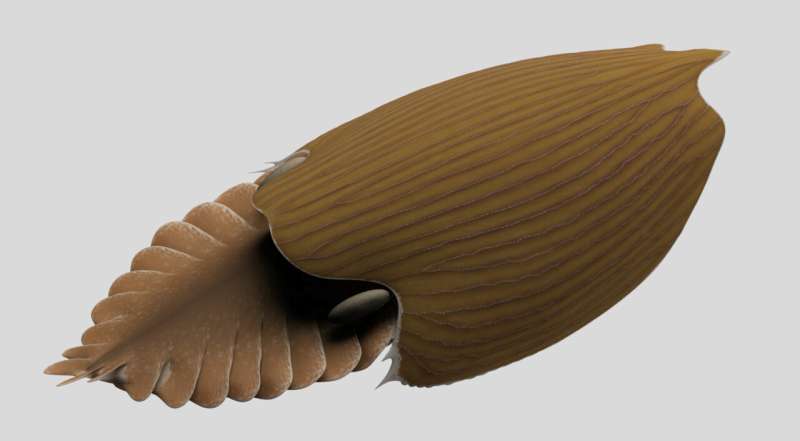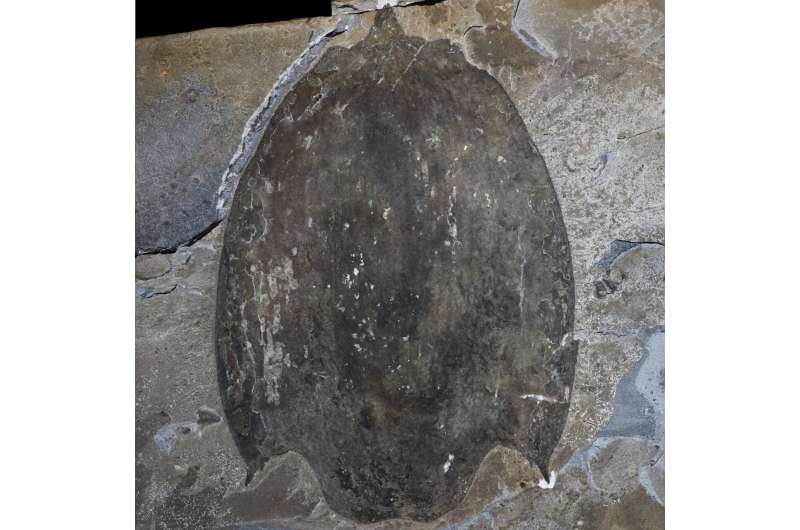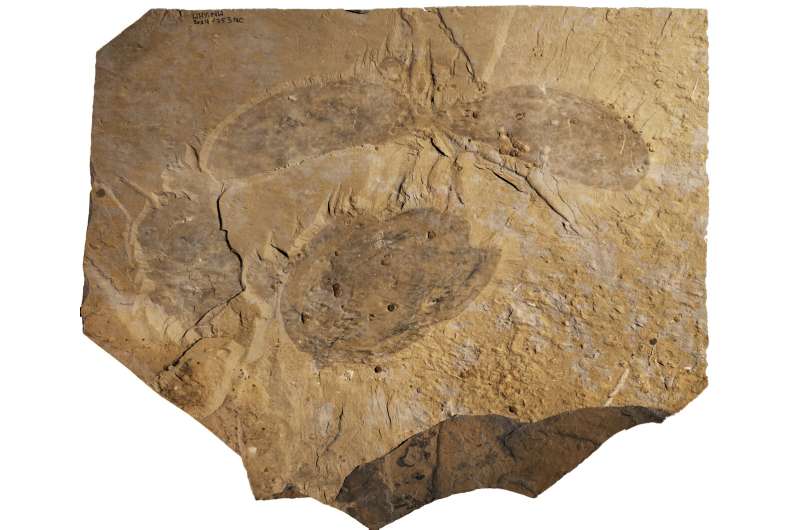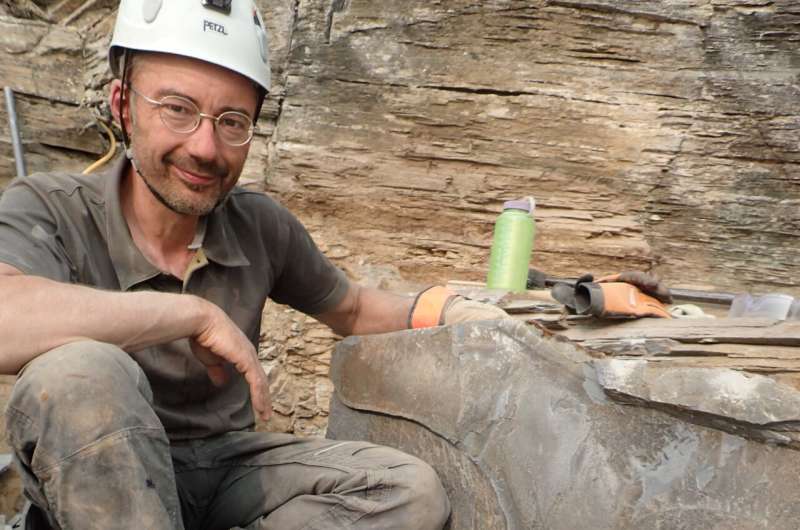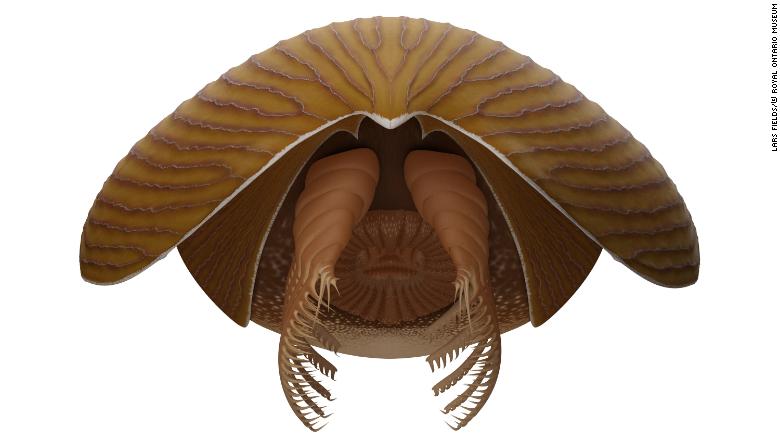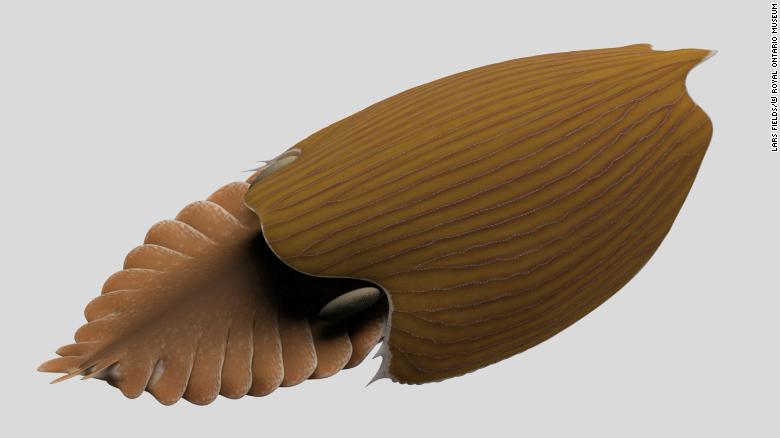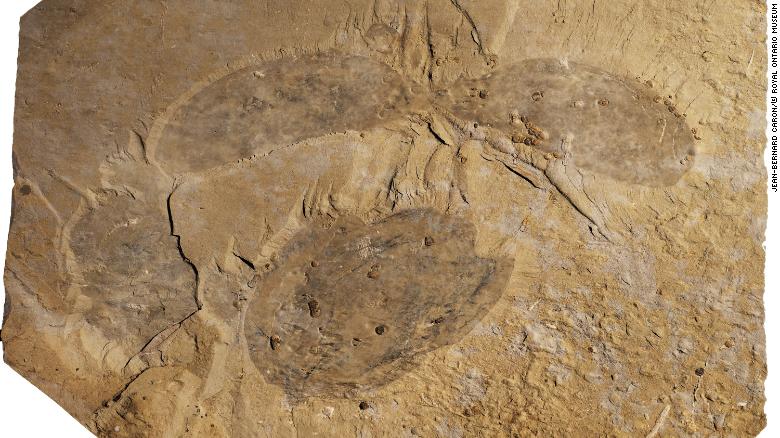COMMENTARY
By Maria CardonaSeptember 07, 2021
(Joel Martinez/The Monitor via AP)
Texas has passed the most draconian anti-women’s rights law in the country and the Supreme Court has chosen to let it go into effect by deciding not to stop it. In doing so, the court has vindicated the hair-on-fire concerns that many Americans had when ultra-conservatives Amy Comey Barrett, Brett Kavanaugh, and Neal Gorsuch were confirmed as justices.
The furious and passionate dissents by the court’s three liberals -- and even Chief Justice John Roberts’ dissent, though not as fervent -- should be flares burning bright on the political horizon for the 2022 midterm elections.
Recommended

The dissents made compelling arguments that the Texas law is blatantly unconstitutional, that its burden on Texas women is untenable, especially on low-income women, that it shamefully uplifts the “shadow docket” and allows the justices to skirt daylight by avoiding official briefs and arguments of the merits of the law.
But the dissenting justices also put in stark relief what is at stake in the upcoming midterms – the fundamental right of women to decide what happens to their bodies. It is time for Democrats to pull out all the political stops. We need to codify the rights women have under Roe v. Wade by passing the Women’s Health Protection Act. If Republicans refuse to join Democrats to pass it, then we take our argument straight to the American people in the 2022 elections. And I say: Bring. It. On.
Nearly two-thirds of the American people oppose overturning Roe v. Wade. By similar margins, a majority of Americans support keeping abortion legal in all or most cases. President Biden excoriated the extreme law, saying it “unleashes unconstitutional chaos” against women. House Speaker Nancy Pelosi also blasted it and vowed to bring legislation that protected women’s health care rights to a floor vote as soon as the House is back in session.
The Women’s Health Protection Act would establish as the law of the land what the Supreme Court affirmed 50 years ago through Roe. It would guarantee women access to a legal abortion as a fundamental right; it would protect health care providers from frivolous but destructive lawsuits (the kind allowed today under the Texas law); and would remove any unnecessary restrictions that would hinder an individual’s right to decide for themselves what happens to their bodies.
Democrats must start pointing out the obvious hypocrisy of Republican leaders like Gov. Greg Abbott, who on one side of his mouth yelps about the importance of individual freedom and how the government has no right to tell anyone to wear a mask or get a vaccine, but on the other side he signs a cruel and abusive law that will roll back women’s rights in Texas more than a half-century.
We cannot stand for this utter disrespect of Americans’ rights, the stunning disregard of legal precedent, and the outright attempt to usurp a woman’s agency over her body and replace it with the misguided approach to governing of these lawmakers who happen to be overwhelmingly white and male.
This last descriptor is an important one. I can almost guarantee that if men were the ones who could get pregnant, we would have abortion clinics next to ATMs and Starbucks on every corner in this country.
Unless overturned by the courts, the Texas law will have an overwhelmingly and disproportionately detrimental effect on women of color in the state. African American women and Latinas are overly represented in the populations that community health care clinics, including Planned Parenthood clinics, serve. Most are low-income women and many live in rural communities where there is a dearth of any kind of health care services.
Incredibly, this law has no provisions for rape or incest and very narrow exceptions for the life of the mother. So today, if a young girl gets pregnant by an abusive father and she finds out 6½ into her pregnancy, she will be forced to bring to term the child of her rapist father. If, God forbid, the health of that same young girl is put in jeopardy by bringing to term that child, unless her life is at risk or unless the pregnancy “will lead to substantial and irreversible impairment of a major bodily function,” she will have no recourse but to carry the pregnancy to term.
On top of that, any person who is suspected of helping this young child get an abortion, from the health care provider to the Uber driver who took her to the appointment, to the person who made the appointment, can be sued and taken to court.
Liberals were right to fear the installation to the high court of Kavanaugh, Comey Barrett and Gorsuch as the beginning of the end of Roe v. Wade. Sen. Susan Collins was wrong to trust they would in any way respect precedent.
It is now up to all Americans who treasure the Constitution and the personal freedoms it guarantees, and who believe that health care decisions should be made by women, their families, and their doctors, to support Democratic Party efforts to enshrine these sacred personal rights for women into law.
And it is Republicans who should fear political repercussions if they do not support permanently giving these rights to women through legislation, as opposed to holding them hostage to the whims of an ultra-conservative court.
Maria Cardona is a Democratic strategist, a CNN and CNN Espanol political commentator, and former DNC communications director. She also helped pioneer the New Democrat Network’s 2004 multimillion-dollar Hispanic Project for the Democratic Party.



